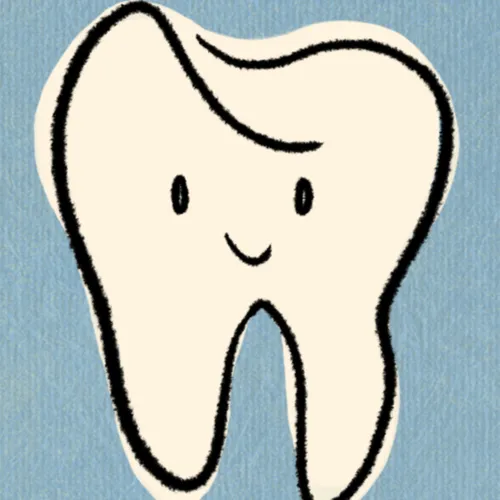Operative: Intro to Carious Lesions & Tissue removal
- Author
- Je$$ie
- Published
- Sun 14 Jul 2024
- Episode Link
- https://podcasters.spotify.com/pod/show/jeie/episodes/Operative-Intro-to-Carious-Lesions--Tissue-removal-e2m134m
Guiding Principles of Carious Tissue Removal
- to retain tooth and pulpal health as long as possible = AIM
- Preservation of dental tissues → non demineralized and remineralizable
- Avoidance of pulp exposure
- Provision of sound cavity margins to achieve an adequate peripheral seal
- Controlling the lesion and inactivating remaining bacteria
Reversible vs irreversible pulpitis; pulpal inflamm/pain
Reversible Pulpitis = instances where the inflammation is mild and tooth pulp reminds healthy enough to save
- Normal responses to:
- thermal tests
- EPT
- Patients may experience pain/sensitivity
Irreversible pulpitis = may experience pain without action to induce pain, sensitivity, and throbbing
Cause of pulpal inflammation
- active caries = mild/severe
- Cavity preps = mild/severe
- dental materials = mild/transient
Pulpal pain
- Intra-pulpal pressure on nerve endings secondary to an inflammation response
- w/ absence of inflammation = Hydrodynamic inflammation
Pulpal protection
When does the pulp need protection?
- Full crown preps
- cervical dentin exposure due to erosion causing pain
- Presence of mechanical pulp exposure
- after selective Caries removal that have led to medium or deep cavity preps
Why must we protect the pulp?
- Preserve pulpal vitality
- avoid thermal sensitivity (pain) after restos
- Avoid removal of sound structure to provide resistance to resto material (amalgam/gold)
How to protect pulp
- eliminate progression of carious lesions
- collect appropriate information regarding pulpal health before doing restos
- Using appropriate cutting instruments, use water during prep, no water during caries removal
- selecting/applying appropriate biological and mechanically resistant dental protective materials
Protective materials = provide a protective coat for freshly cut enamel/dentin
Cavity liners
- Cement/resin coating of minimal thickness (<0.5mm)
- Physical barrier to bacteria and their products
- provides therapeutic benefit = F- release, dentinal seal, and bacterial action = promoting pulpal health
- do not place on enamel
- RMGI (vitrebond)
- Apply after partial caries removal to → areas nearest the pulp… STAY AWAY FROM MARGINS
- Chemical bond to tooth structure
- F- release
- Good mechanical properties
- favorable pulpal response due to → F- release, initial low pH, physical barrier to bacterial penetration
- RM Calcium silicates (TheraCal LC)
- Place the Ca[OH]2 liner in the deepest part of the prep covering the pulp exposure
- place liner on moist dentin only
- pulpal and axial walls, alway from all margins and enamel
- Establishes a tight seal to prevent bacterial invasion
- stimulates apatite formation and secondary dentin formation
- Maintain an antibacterial alkaline-related biological environment
- after placing and curing, follow w layer of → Vitrebond and/or normal bonding procedures
Cavity sealers
- provide a protective coating to the walls of a prepared cavity and a barrier to leakage at the interface
- all walls in their entirety are coated
- oxalates → place prior to amalgam restos
- Superseal
- Acidic nature → demins smear layer and peritubular dentin
- reacts with CaHydroxyapatite to form → fine granular calcium oxalate precipitate
- Precipitate occludes → dentinal tubules
- dental adhesives
Moderate lesions vs. extensive lesions
Moderate lesions (not reaching inner third of dentin) = restoration longevity may be more important → clinically means removing more tissue so that foundation is stronger
Extensive-deep lesions (radiographiaclly involving inner pulpal third or quarter of dentin or with clinically assessed risk of pulpal exposure)
- preservation of pulpal health should be prioritized → clinically means LESS tissue removed, soft area left, and cavity liner placed to prevent sensitivity that may arise from caries near pulp
- Do NOT place cavity liners peripherally. Messes w/ RBC adhesion to enamel walls.
- everything around lesion should stay intact to promote adhesion
- Avoid pulp exposure, UNLESS pulpal Dx = reversible pulpitis
